Is Your Shoulder Pain From Your Rotator Cuff?
Most of us have had shoulder pain after sleeping on our side all night, after a lifting session in the gym or just reaching up into a cabinet in the kitchen.
How do you know if your shoulder pain is from your rotator cuff?
The shoulder is a complex joint that can do a lot of amazing things, but it can also be hard to tell where shoulder pain is coming from. The rotator cuff pretty much always comes up in discussions about shoulder pain, but how do you know if it is the cause of your shoulder pain?
This blog will cover what the rotator cuff actually is, common signs and symptoms of rotator cuff related shoulder pain and what you can do about it.
What Is The Rotator Cuff?
When patients come to us for an evaluation of shoulder pain, they are usually wondering if the rotator cuff is causing their pain.
But what exactly is the rotator cuff?
The rotator cuff is a group of 4 muscles that attach to your shoulder blade and humerus (upper arm bone). They work to rotate your shoulder, raise your arm out to the side and generally stabilize your shoulder joint.
The four muscles of the rotator cuff are:
Supraspinatus
Infraspinatus
Teres Minor
Subscapularis
The rotator cuff is most commonly injured from overuse, lifting or reaching awkwardly or falling.
As we said above, the shoulder is a complex and very mobile joint. That also means the muscles that support the shoulder need to be strong and well controlled. If they aren’t, it can lead to rotator cuff issues and discomfort.
Signs and Symptoms of Rotator Cuff Issues
We usually see a pretty distinct pattern of symptoms with rotator cuff issues.
Rotator cuff signs and symptoms include:
A deep, achy pain in their shoulder
Pain lying on affected side
Pain and weakness with resisted rotation, raising arm overhead and away from body
Typically pressing movements like bench and overhead press are more affected than pulling movements like rows
If more acute, tasks like putting on a shirt, washing or combing hair can cause pain
Popping, clicking or grating sounds when moving shoulder
If we see these things, the likelihood of a rotator cuff issue is increased. Then we go through some further testing and examination to see what the level of severity and irritability is.
If this sounds like you, click the button to schedule a free 15 minute injury consult. We’ve got your back.
How To Fix Rotator Cuff Pain
If you think you have rotator cuff issues, there are a lot of options for treatment.
Two things we usually include in treatment are:
Overhead and scapular mobility training
Rotator cuff strengthening
Check out this previous blog for a detailed look at how we approach treatment for these two areas.
Two Simple Things For Better Shoulder Health
This blog covers some of our favorite overhead mobility drills.
3 Overhead Mobility Exercises and When To Use Them
This blog shares a slightly different approach to shoulder strengthening using weight bearing exercises.
6 Great Shoulder Rehab Exercises
Shoulder Pain Experts in Lakeville, MA
As you can see, there are a lot of different ways to approach rotator cuff treatment.
It is important to understand how severe your rotator cuff pain is. Treatment will be very different for a mild irritation vs. a suspected rotator cuff tear.
We hope this blog helps you understand a bit more about your shoulders and how to take care of them.
If you’re dealing with shoulder pain that just isn’t going away or want to be sure you aren’t going to make your rotator cuff pain worse, click the button below to schedule a FREE 15 minute discovery call.
During the call, we’ll help you understand what is going on and how you can treat your shoulder pain.

